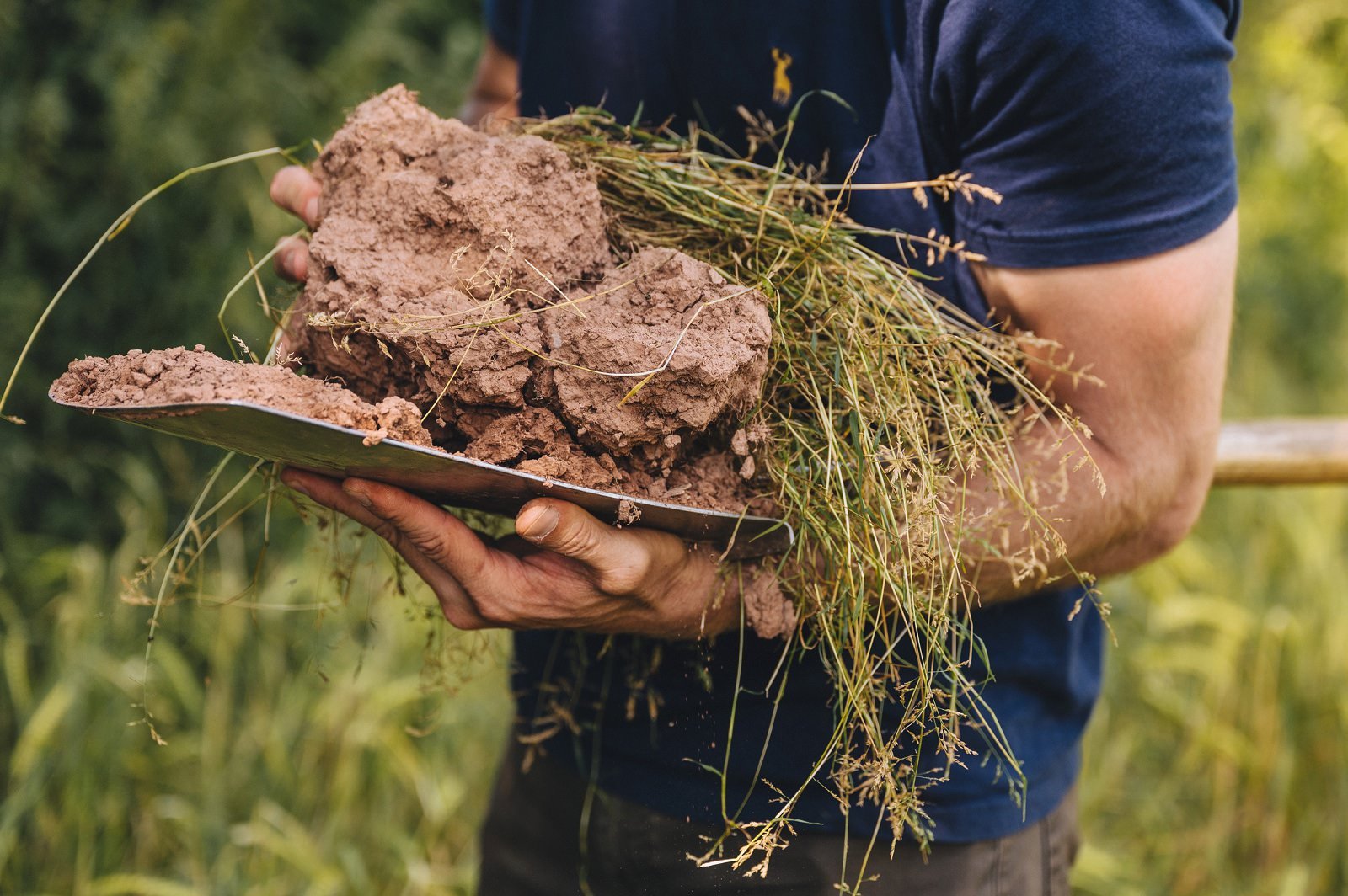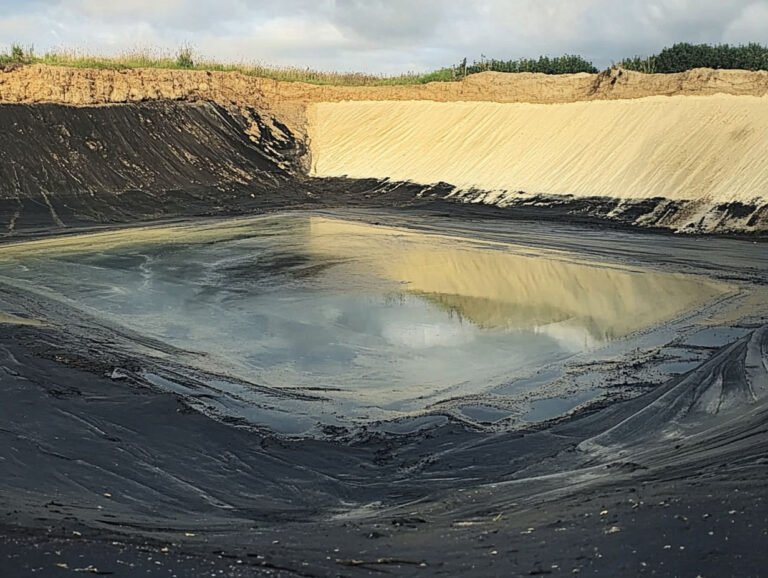If shallow roots in crops keep you on edge when a dry spell is due, you’re not alone. However, you can change how plants grow. By easing soil limits, freeing early phosphorus (P) and adding mycorrhiza, roots go deeper, crops wilting midday is less common, and timings stay on track.
Shallow Roots in Crops? Go Deeper, Stay Greener
When dry spells hit, extend root reach with Rhizo Forte and free early P with BactoFos, so plants tap more water, delay wilting, and keep growth steady.
If this sounds familiar, you’re in the right place
Before finding us, many farmers feel:
- Nervous as light land flags by noon.
- Frustrated by tight seedbeds, soil capping and soil compaction that hold roots near the surface.
- Tired of stop–start canopies and reworked spray plans.
- Unsure how to fix it without throwing more inputs at the problem.
Meanwhile, plants chase shallow moisture. Then they stall again when weather turns hot and dry.
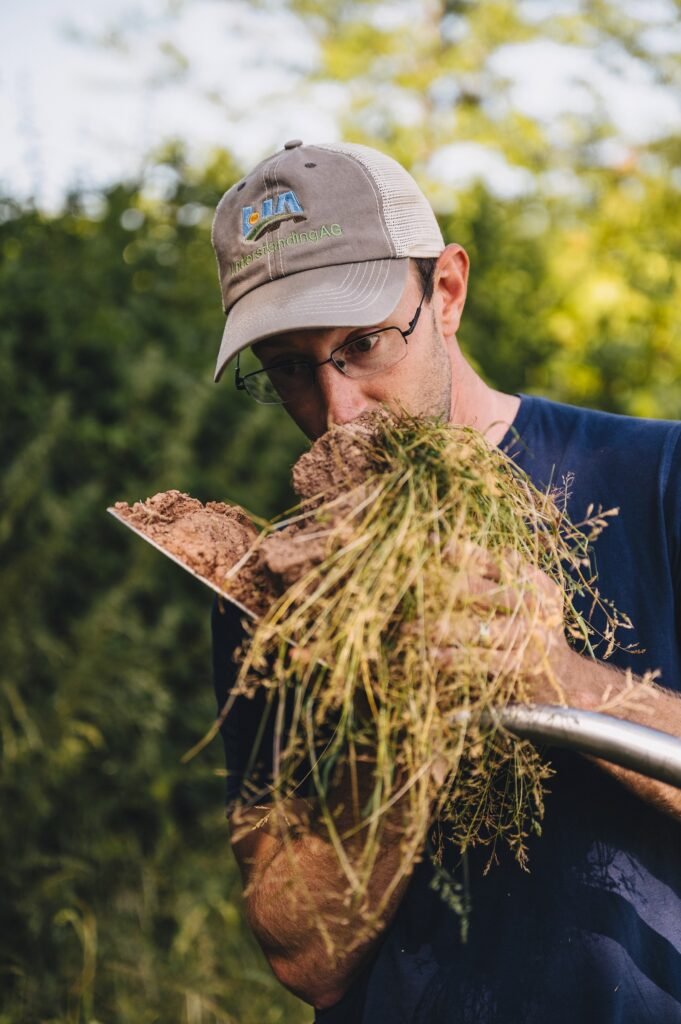
Why roots stay shallow (and what happens if you ignore it)
- Seedbed & structure. Capped or compacted layers block pores; therefore roots cannot push down.
- Phosphorus lock-up. When P is tied up, young plants lack fuel; consequently early root development and branching slow.
- Low biological help. With fewer helpful microbes and fungi, roots explore less soil; as a result, drought stress in crops comes sooner.
If you ride it out, expect earlier wilting, poorer nutrient uptake, messy timings and a yield hit at harvest, especially on light soils.
The fix: extend the root system and free early P
Two simple biological levers work together:
- Mycorrhizal fungi (Rhizo Forte). Their hyphae act like ultra-fine root extensions; therefore they reach water and P beyond the root hair zone. In dry spells this added reach helps mycorrhizal fungi drought tolerance show on farm.
- P-mobilising biology (BactoFos). Selected microbes help unlock soil P near roots; consequently plants have energy to build deeper, hairier roots.
On farm, this looks like:
- Deeper rooting and more laterals on the first spade test.
- Wilting delayed on bright, dry afternoons versus an untreated strip.
- Cleaner, steadier growth through early stress patches.
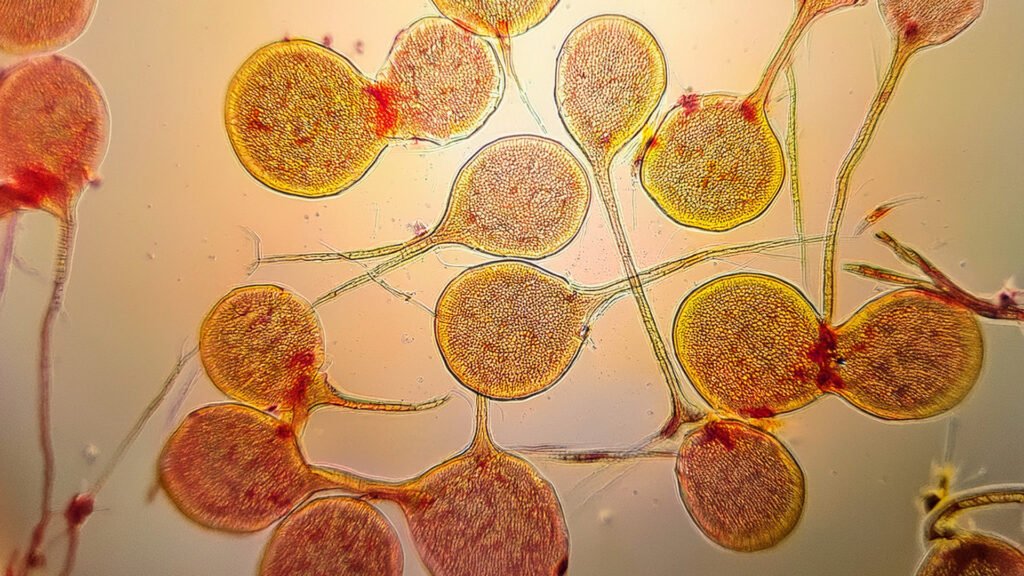
Simple programme (establish → support → verify)
1) Establish mycorrhiza at or near drilling
- Apply Rhizo Forte at establishment per label.
- Avoid incompatible seed treatments; moreover, keep a buffer around bactericides.
- Because early contact matters, aim to place close to the seed/young root.
2) Free early P near the root zone
- Pair BactoFos at/around establishment to mobilise P where roots can use it.
- Time passes when some soil moisture is present; consequently activity starts faster.
- Keep pH sensible and avoid harsh oxidisers near biological passes.
3) Verify with quick checks
- Run a strip or block trial on your driest field.
- Compare rooting depth, wilting time and tissue P against an untreated strip.
- Then keep what works and scale it next season.
(Always follow product labels and safety data.)
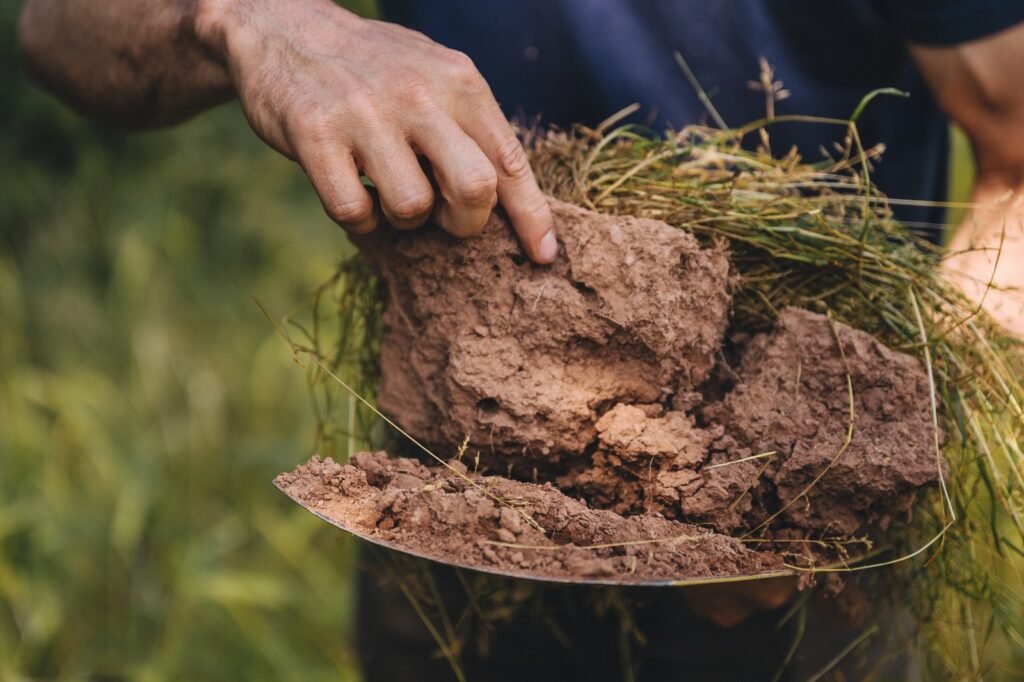
What to expect (typical reports)
- Rooting depth ↑ and branching ↑ within weeks.
- Wilting delayed on dry, bright days.
- Early canopy evenness ↑, so spray timings are simpler.
- Less firefighting when the forecast turns against you.
As a result, plans hold and risk drops.
Measure it (turn “feel” into proof)
Track these simple checks; consequently, decisions get easier:
- Root digs: depth (cm), number of laterals, fine hairs.
- Wilting time: note first flagging in treated vs control.
- Leaf tissue P/K at early growth.
- Photos/NDVI from fixed GPS points.
- Passes & rework minutes when conditions go dry.
(Ask us for a one-page “Rooting & Drought” field log.)
Field tips: do’s & don’ts
Do
- Drill into the best seedbed you can; roots first.
- Time biological passes around moisture events.
- Keep pH and compaction sensible, biology works best when basics are right.
- Start on your driest block so payback is obvious.
- Use cover crops where practical to improve soil structure over time.
Don’t
- Tank-mix with bactericides/strong oxidisers near biological passes.
- Expect biology to fix a hard pan, first reset mechanically, then maintain with biology.
- Skip measurements, proof earns confidence and budget.
The products behind this programme
- Rhizo Forte — mycorrhizal fungi that extend functional root reach for water and P, supporting establishment and drought resilience.
- BactoFos — biology that mobilises locked soil phosphorus, feeding early root growth and canopy momentum.
Compatibility & safety: Natural, non-GMO. Follow labels and safety data. Additionally, avoid close sequencing with bactericides and check seed-treatment compatibility.
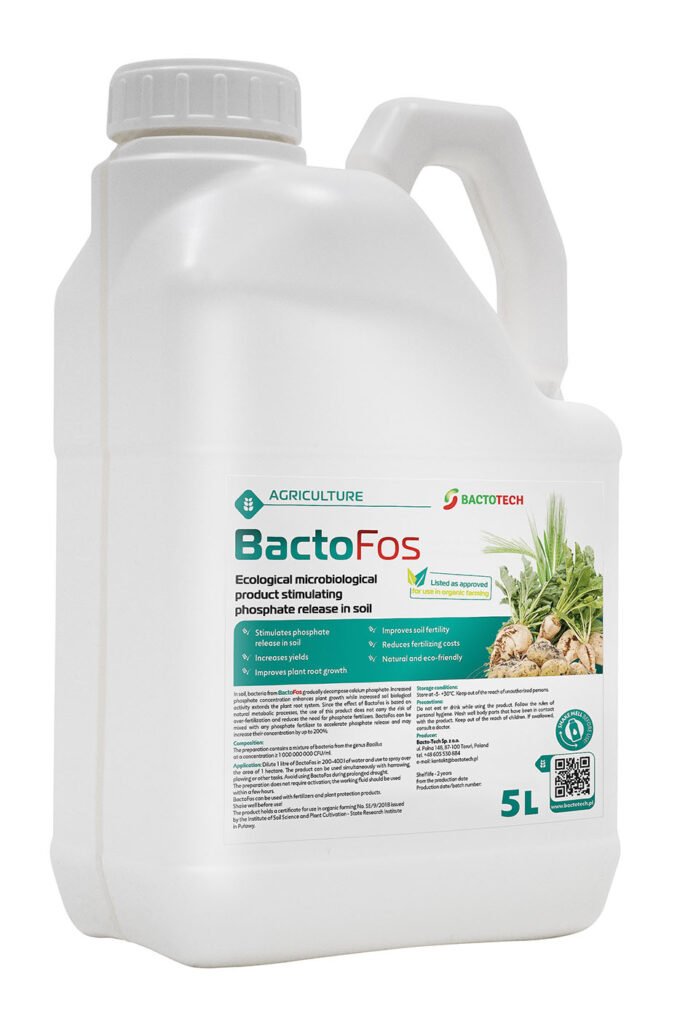
Shallow Roots in Crops – FAQs
Will this replace irrigation?
No. However, deeper, AMF-supported roots help crops make better use of limited moisture between rain or irrigations.
Heavy clay vs light sand—who gains most?
Both. Sands gain extra reach to water and P; clays gain where P availability near roots is limited and root exploration is tough.
How soon will I see a change?
Often within weeks on root digs and wilting delay; subsequently, canopy steadiness follows as growth stages roll.
Can I combine with liquid fert?
Often yes; nevertheless check pH/salts and avoid bactericides in the same tank. When unsure, split the pass.
Does this help where P is locked?
Yes. Because phosphorus lock-up slows early growth, BactoFos helps free P, while Rhizo Forte helps roots reach more of it.
Ready to beat shallow roots in crops on your driest fields?
Tell us your soil type, seedbed plan and which blocks wilt first. We’ll send a field-ready rooting plan, label rates, and a measurement sheet so gains are crystal clear.
→ Get your plan: Contact BactoTech UK
→ Learn more: Rhizo Forte · BactoFos and also read more about SOIL COMPACTION IN FIELDS and PATCHY EMERGENCE IN CROPS
Editorial note: General guidance only. Always follow product labels and local regulations. Last updated: September 2025.

